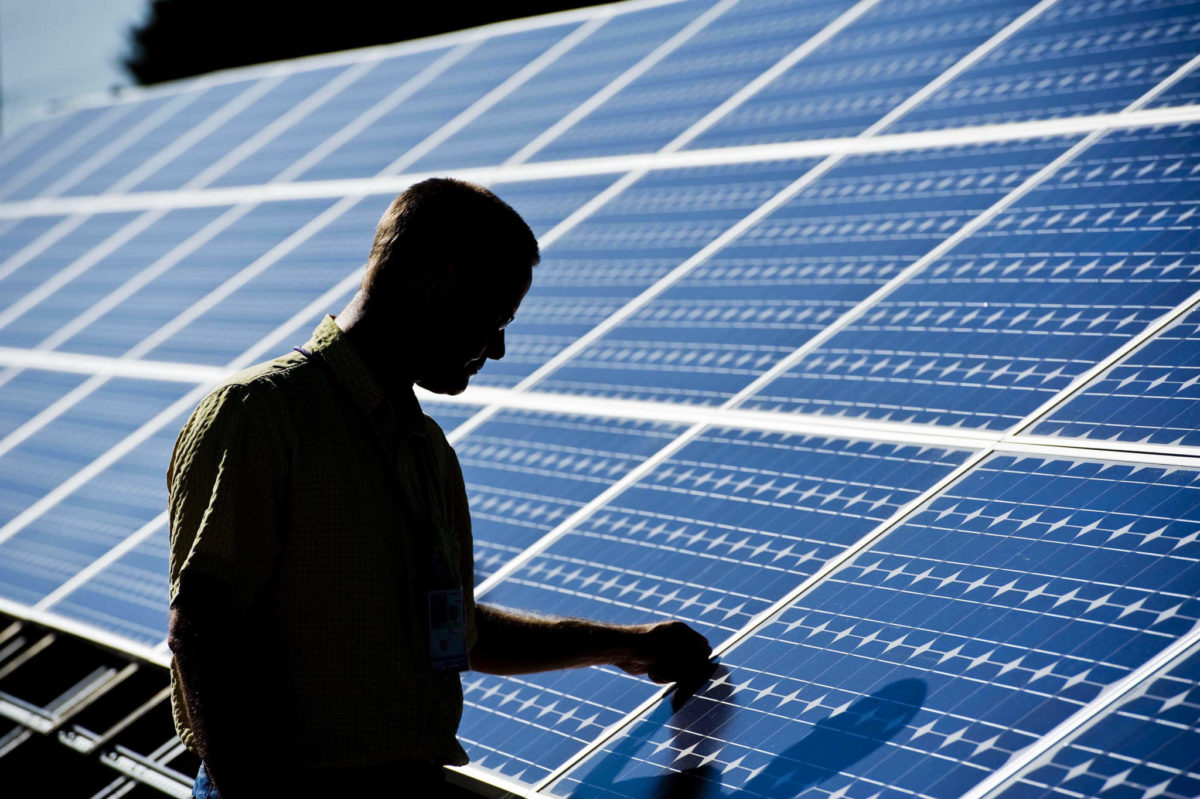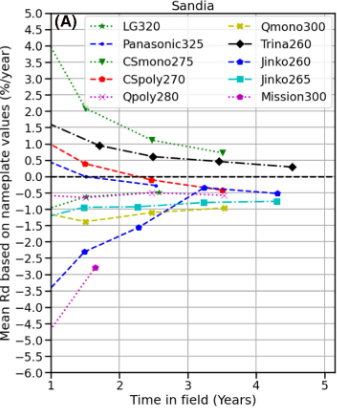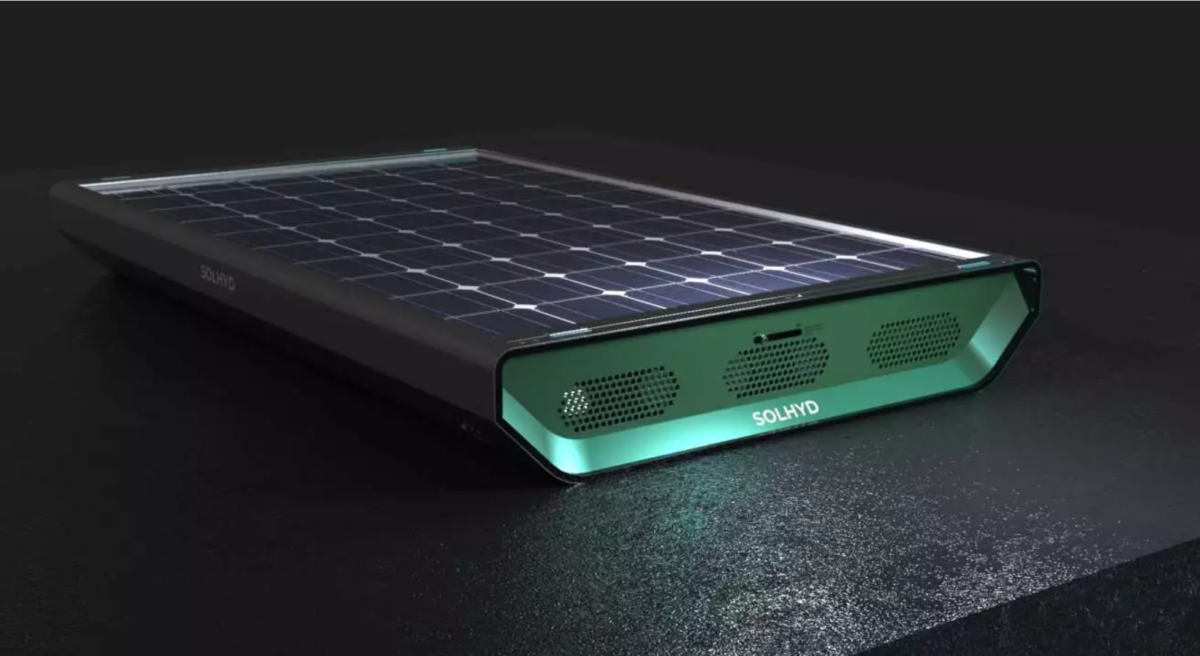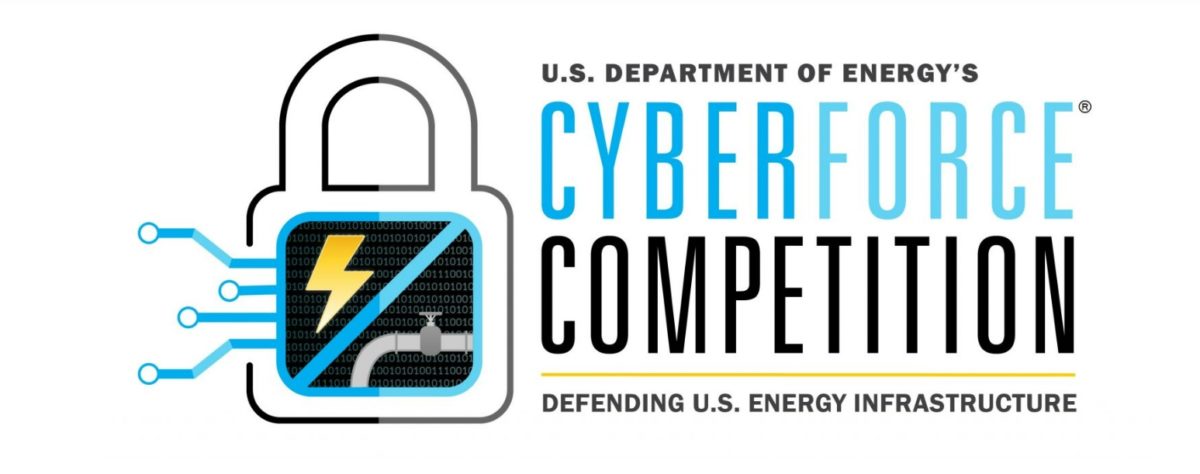https://www.pv-magazine-australia.com/2022/11/09/most-new-solar-panels-retain-80-production-after-30-years/
Most new solar panels retain 80% production after 30 years

Image: Sandia Lab
From pv magazine USA
The US Department of Energy’s Sandia National Laboratories has concluded a five-year, early-life solar module degradation study that examined 834 fielded PV modules, representing 13 types from seven manufacturers in three climates.
The report, recently published in Progress in Photovoltaics, studied 23 systems in total. Six of the studied were determined to have degradation rates that will exceed panel warranty limits in the future, while 13 systems demonstrated the ability to extend their lifetime beyond 30 years. “Lifetime” in this study is defined as the amount of time a panel produces electricity above 80% of its beginning-of-life rate.
The report said that module costs have fallen by 85% since 2010 due to economies of scale, higher efficiencies in cell designs, production line automation, larger modules, and changes to bill of materials components like backsheets. It said that lower costs have led to solar becoming a central part of energy infrastructure buildout today, but noted that cost-cutting design and material changes could lead to a lowered degradation rate, which in-turn could cancel out many of the positive results of lower module costs.
The degradation study showed that degradation is highly nonlinear over time and seasonal variations are present in some module types. Mean and median degradation rate values of −0.62%/year and −0.58%/year, respectively, are consistent with rates measured for older modules.

The report said that the market share of cell types has shifted dramatically in recent years. In 2018, conventional aluminium back surface field (Al-BSF) designs dominated global solar cell production, representing up to 90%. By 2020, the market share shifted to only 15% AI-BSF and 80% high-efficiency cell concepts like passivated emitter and rear cell (PERC), passivated emitter with rear locally diffused cell (PERL), passivated emitter rear totally diffused cell (PERT), silicon heterojunction (SHJ), and tunnel oxide passivated contact (TOPCon).
The report said there is a lack of long-term field data for these new cell and module technologies. It aimed to tackle that lack of data by studying each of these technologies in the field over time.
Nameplate power rating differences ranged from around −3.6% to 4% with initial power stabilisation varying from −3.3% to +0.6%. Flash-over-flash measurements showed variable performance with seasonality amplifying the variations.
Overall, the degradation rates found in the work were within the values observed in the past from 1979 to 2014 module technologies for more expensive conventional PV technologies. The study concluded, although the costs declined sharply in the last decade, module degradation rates do not seem to be affected, at least for the sample investigated in the report.
This content is protected by copyright and may not be reused. If you want to cooperate with us and would like to reuse some of our content, please contact: editors@pv-magazine.com.
<




